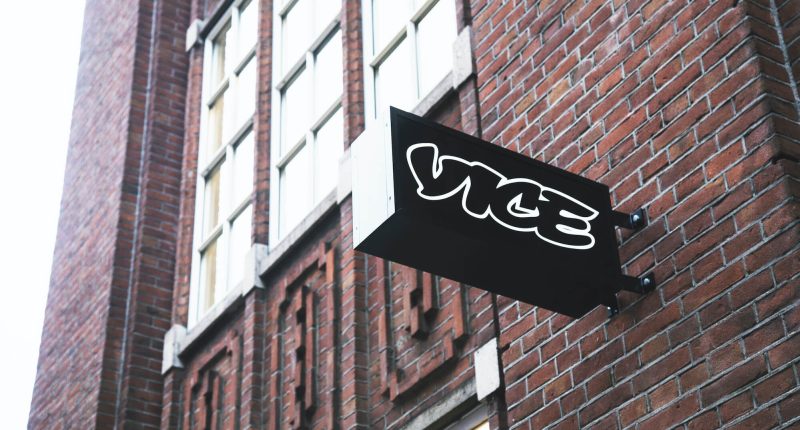In a significant turn of events, media company Vice has filed for bankruptcy and is now on the verge of being sold to a group of its lenders. The decision to file for bankruptcy marks a pivotal moment for Vice, which was once hailed as a trailblazer in digital media and a disruptor of traditional news outlets. The bankruptcy will not interrupt daily operations for Vice’s businesses, the company noted.
Filing for Chapter 11 bankruptcy on Monday in the Southern District of New York, the media company noted that its assets and liabilities amounted to $500 million-1 billion. “VICE serves a huge global audience with a unique brand of news, entertainment and lifestyle content,” said Bruce Dixon and Hozefa Lokhandwala, VICE’s Co-CEOs, said in a press release.
“This accelerated court-supervised sale process will strengthen the Company and position VICE for long-term growth, thereby safeguarding the kind of authentic journalism and content creation that makes VICE such a trusted brand for young people and such a valued partner to brands, agencies and platforms. We will have new ownership, a simplified capital structure and the ability to operate without the legacy liabilities that have been burdening our business. We look forward to completing the sale process in the next two to three months and charting a healthy and successful next chapter at VICE,” they added.
Now, VICE Media Group has already agreed to the terms of an asset purchase agreement (“APA”) with a consortium of its lenders — Fortress Investment Group, Soros Fund Management and Monroe Capital — who will purchase the company for a total of $225 million. Vice also reserves the right to sell to a higher bidder. The transaction is extremely pocket-friendly for the lenders, especially when it comes to acquiring a nearly 30-year-old major player in the media and entertainment industry. The company was – just six years ago – valued at $5.7 billion, and compared to that, $225 million is an extremely cost-effective price.
Under the terms of a new agreement, the lenders, Fortress Investment Group, Soros Fund Management, and Monroe Capital have agreed to make a $225 million credit bid for the company’s assets plus its liabilities. The lenders have also agreed to an infusion of $20 million in cash to keep the business running during the sale process, which is expected to conclude in the next two to three months.
The implications of Vice’s bankruptcy and impending sale extend beyond the company itself. It serves as a stark reminder of the ongoing challenges faced by media organizations, particularly those operating in the digital realm. The relentless competition for audiences, the shift in advertising trends, and the emergence of new platforms have all contributed to the complex environment in which media companies operate today. Vice’s troubles, though, also include poor management, allegations of sexual harassment, and more.
Recent times have seen Vice become a debt-laden company – with no way to repay those debts – and its lenders, including Fortress, seek to salvage their investments. In recent years, the company failed to turn profits as well, while its revenues remained flat for the same period. It also aimed to go public through a merger, though those plans failed to yield significant results.





